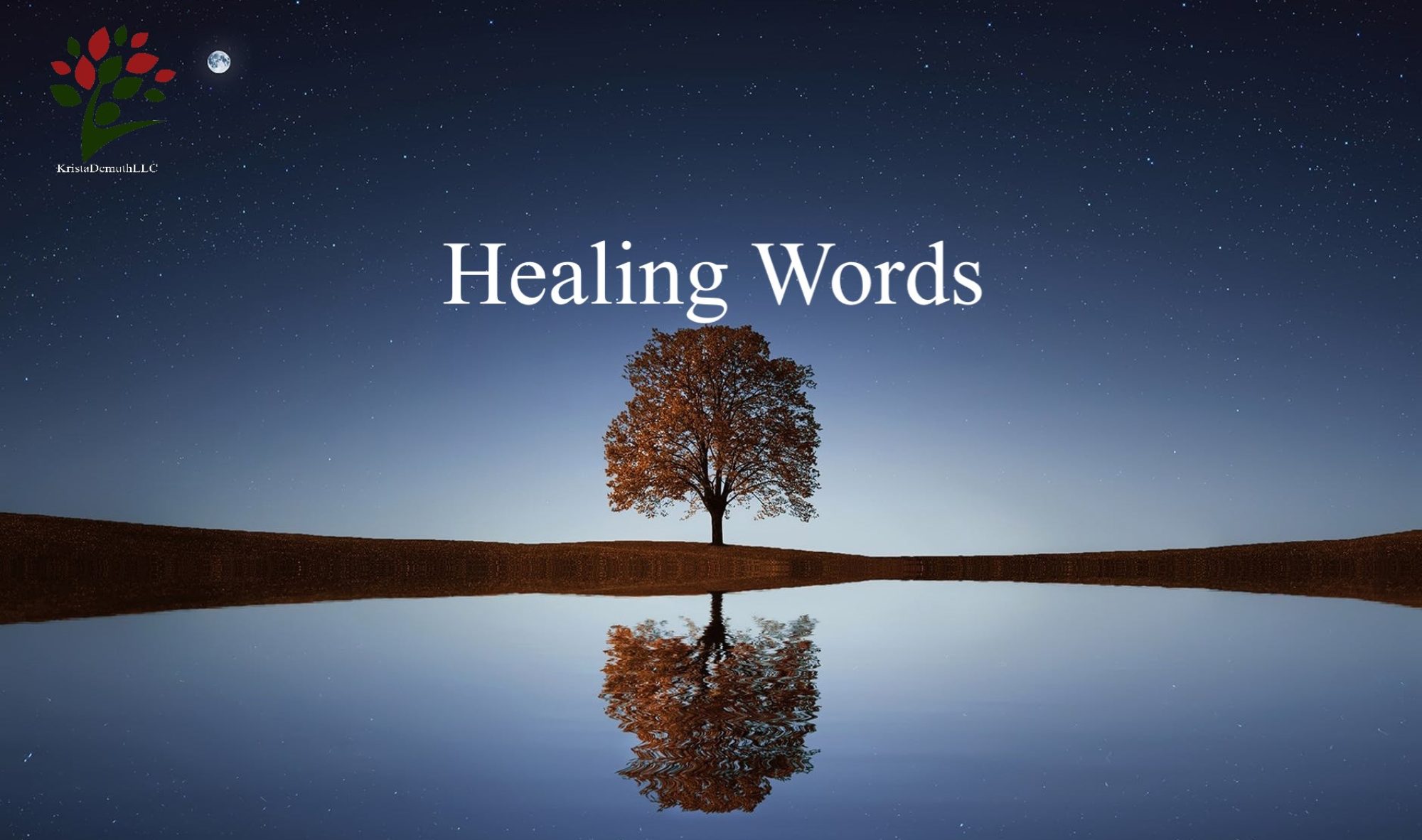For nearly six months, the United States has been dealing with a global pandemic. This pandemic has caused challenges in virtually every area of our society: economic, social, educational, etc. Throw in a cultural revolution, and it can become very overwhelming. Anxiety and depression rates are skyrocketing. Unfortunately, one contributing factor to the increase in anxiety is the increase consumption of news, both from reputable sources, as well as from social media outlets.

Research shows that too much exposure to factual news during disasters can contribute to an increase in anxiety. When the brain perceives a threat, it causes the body to go into fight or flight. Fight or flight is the body’s way of handling threats. The anxiety cycle can be stopped by breaking the brain/body connection of fight or flight. This is done through physical relaxation and positive self-talk.

However, when the brain is facing uncertainty, a more pervasive anxiety cycle starts. Because of the nature of uncertainty, fight or flight will not alleviate the threat. Instead, the brain looks for ways to control the situation. Essentially, it is asking “what can I do to fix this? What can I do to control this?” One of the biggest things mental health professionals are seeing is an increase in time spent monitoring news sources, including social media, and a corresponding increase in anxiety.

So, what’s the big deal with looking at too much social media during this pandemic? It’s incredibly easy to find posts on social media that are touted as fact. This misinformation is causing widespread anxiety among people. It’s really a perfect recipe for anxiety and panic. We see something on social media, perceive it as fact, and inadvertently pass on misinformation in an attempt to “control” or “fix” the situation. Some may even see this as “helpful.” Ultimately, it is not helpful, nor does it fix anything. It is simply keeping you stuck in the cycle of anxiety created by uncertainty.
One way to manage your own anxiety is to check the amount of time you spend on social media. Then, ask yourself where you are getting your information from. If most of the information you consume is coming from social media, it’s important to take a step back and look at the reality of social media. It’s incredibly easy to create a post that looks official and share, tweet, snap, or IG it. This perpetuates misinformation and fear. Rather then looking to social media for your news, pick one or two reputable sources for information. Once you’ve chosen your reputable source, set a time limit each day for news consumption. Between 15 and 30 minutes a day is more than enough for your new briefing.

If you find yourself wanting to check the news frequently, which can put you into that state of anxiety, do something else instead. Go for a walk. Practice mindfulness. Read a book. Cook a meal. These sorts of activity can get your mind out of that negative feedback loop of constantly looking for solutions.
The bottom line: we are currently in a global pandemic. Scientists are racing to keep up with new discoveries. Things are changing rapidly. It’s best to recognize that uncertainty doesn’t feel good, accept that it doesn’t feel good, and then make choices to keep yourself and your loved ones healthy. Limit your social media and news consumption, if you feel you must share something, be responsible and check the source first, stay active, engage in healthy activities, and finally, seek out a professional if you need more help.
To Health, Hope and Healing
Krista
